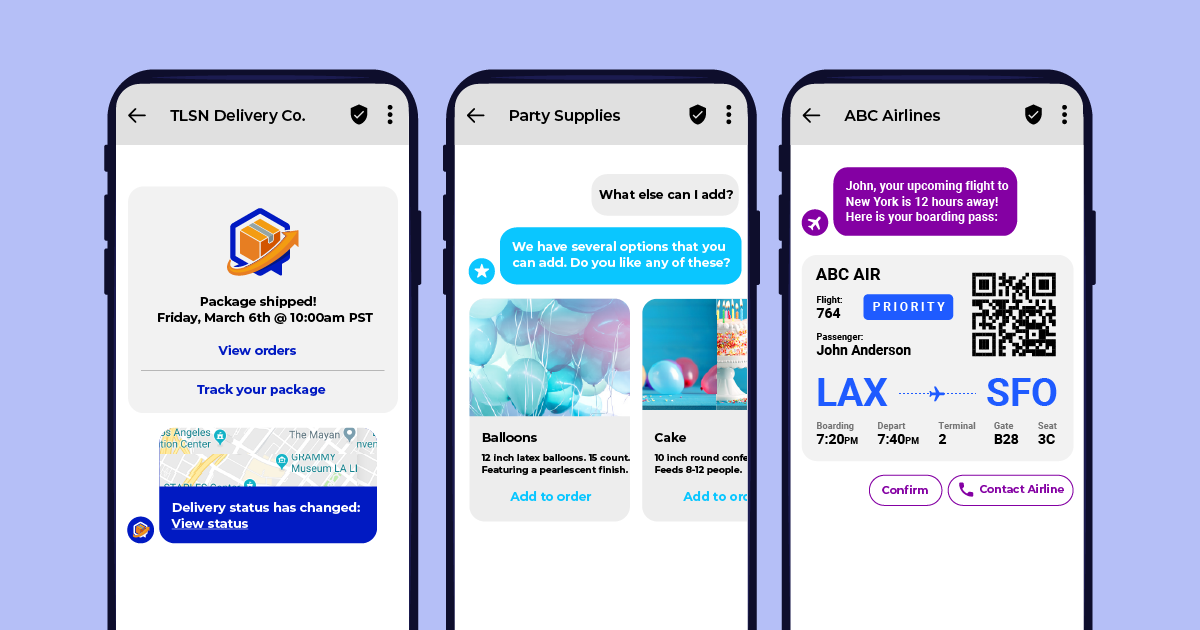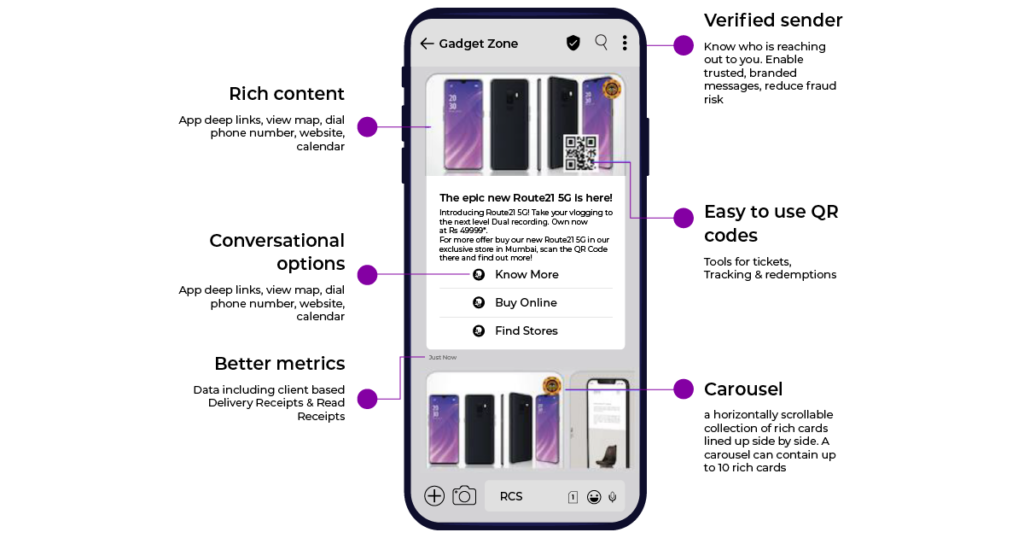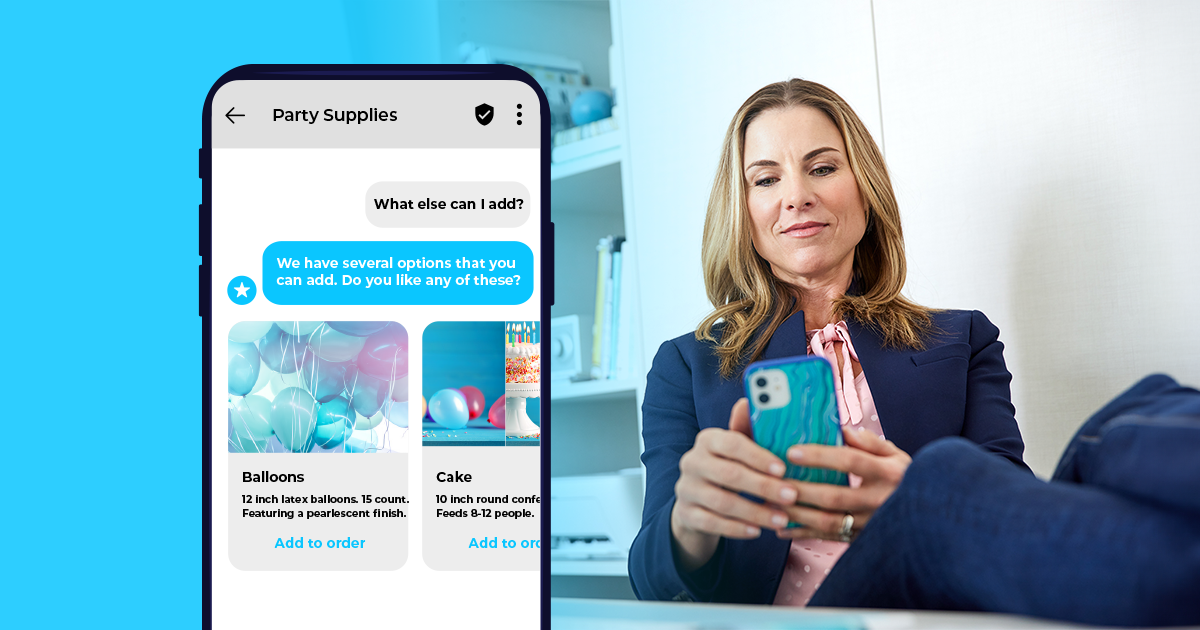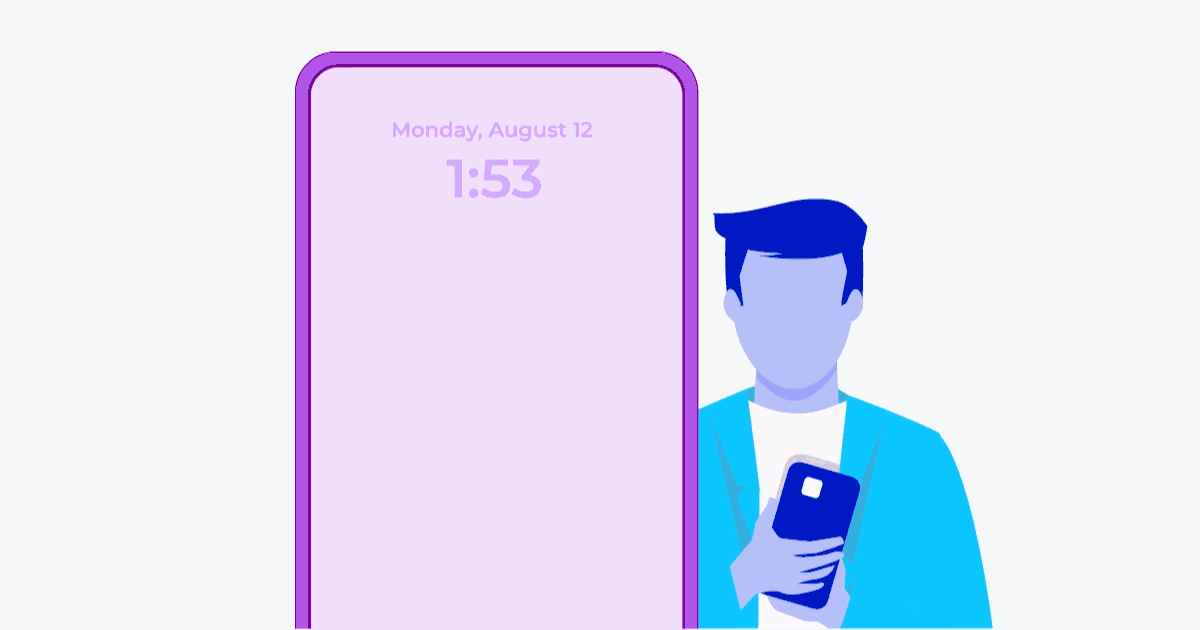
With more than 1.1 billion active users in 2024, Rich Communication Services (RCS) is a messaging protocol that is rapidly growing as an alternative to SMS. While it operates similarly to SMS, it allows for more engaging content through extra features and functionality that SMS does not support, making it a powerful addition to any messaging strategy.
One of the main blockers in RCS expansion has been carrier adoption. But soon, iPhones will join Android phones in supporting RCS messages in their native messaging apps. As more carriers add support for RCS, it is on the path to becoming the universal standard for rich messaging.
Let’s look at some benefits of including RCS as a channel in your application-to-person (A2P) messaging stack.
Improved message delivery and tracking
One of the most important benefits of RCS over SMS is its improved reliability and message delivery experience. With RCS, messages are sent over Wi-Fi or mobile data, meaning users can send and receive messages even when they don’t have a cellular connection.
RCS also allows you to track message delivery. Read receipts, which are not available on SMS, enable senders to see when a recipient has read their message.
Higher response and engagement
Branded messages from a verified sender reduce the risk of fraud, and build trust, resulting in higher response and engagement rates.
RCS also allows you to create engaging experiences with rich media like high-resolution images, videos, and audio. Encourage interaction with your brand with suggested replies and actions like viewing maps, opening external URLs and apps, file sharing, and dialing phone numbers.

Getting started
Seamlessly integrate RCS into your messaging platform with Telesign’s Messaging API. To learn more about RCS and Telesign’s Messaging API, view our documentation and talk to our experts today.



